This post was created in partnership with Toyota. All opinions expressed in the post are my own and not those of Toyota.
Healthcare facilities everywhere are struggling to do more with less. Patients are getting sicker and reimbursements are getting smaller. Even with new insurance laws on the books, many patients are uninsured or underinsured. Healthcare facilities have struggled to meet the rising demand of patients. For many healthcare organizations, this has created backlogs of patients and mounting stressed-out healthcare professionals.
Healthcare is a Business
Healthcare is a business that doesn’t like to consider itself a business. Our customers are our patients, yet processes aren’t always streamlined to make their care as efficient and affordable as possible. Despite caring and compassionate nurses and doctors, who do their very best to care for patients’ needs, sometimes there simply aren’t enough hours in the day, supplies in the cabinet, or unoccupied room. Why is this?
Unfortunately, most healthcare facilities aren’t as efficient as they could possibly. Even something as simple as a disorganized supply room can add time to a procedure and disrupt workflow. As nurses, we are often so caught up in the urgency of what must be done at the moment that we don’t stop to plan for the long term. We don’t find the time to streamline processes because we don’t have the time to spend. There are patients to be seen and records to update. We know things could be better, but we need help to get it there.
The Toyota Effect
Toyota teamed up with filmmakers to document some of the most impactful projects they have embarked on. This effort, dubbed “The Toyota Effect”, seeks to highlight the company’s mission to impact the world positively by sharing their Toyota Production System with individuals and organizations that may benefit from them. This work has proved fruitful, and The Toyota Effect has made a positive impact on thousands of lives. One example of this positive impact involves Harbor–UCLA Medical Center optic services.
Having an objective 3rd party like Toyota review processes allowed the professionals at H-UCLA Medical Center to get a new look at the way they were managing the day-to-day business of their optic center. The professionals at Toyota introduce the Toyota Production System (TPS) to the healthcare team. TPS is an integrated social-technical system that was first developed in the 1940s in an effort to drive high-quality work and competitiveness. The system involved small, continuous improvements to yield positive and notable results. The basis of TPS is simply that when “good ideas are shared, great things can happen.”
Saving Sight at H-UCLA Medical Center
Harbor-UCLA Medical Center is a county-owned healthcare facility with a mission to serve the underserved. They suffered with a surgical backlog of hundreds of optic patients. Many patients would have to wait for months for optic surgery, and many were going blind waiting for their procedures. They recognized their need to improve their daily routine and workflows and sought help from a very unusual source: Toyota. By implementing theToyota Production System (TPS), they were able to clear the optical surgery waitlist, and decrease surgery wait times from over 6 months to under a month. Wait times have also decreased by 50%. Check out the mini-film:
Toyota Production System has impacted Harbor-UCLA Medical Center in a positive way by allowing them to treat patients more efficiently. I had an opportunity to learn more about The Toyota Effect in action by asking some of H-UCLA Medical Center’s leadership about the improvements adopting TPS has made to their patient care.
Susan Black, Chief Improvement Officer
How important was the expertise of Toyota when revamping your patient processes and organizations systems?
The experience and expertise of Toyota has been invaluable! It has been amazing to me to see how their experience in manufacturing and parts & distribution translates to healthcare. Just by watching our processes for a short time, they were quickly able to see waste (such as the waste of motion-physicians going in and out of exam rooms looking for supplies) in our processes. The taught us how to see these waste too. And, more importantly how to drive waste out to improve efficiency using a standardized approach. When you work in a system so long, you just don’t see the inefficiencies anymore. It is like moving into a house- When you first move in you see all the little things that you need to fix. After a while, you get busy and just learn to live with that leaky faucet or that closet door that never really shut right. Toyota came into our “house” with expertise and helped us look with fresh eyes at our old processes. They taught us a systematic way to problem solve- an approach that we are now applying to other areas within our organization. When we started this journey, we considered Toyota our partners. Over time, they became our friends… and now they are an integral part of our Harbor-UCLA family!
Can you provide me with a comparison of wait times for patients in the clinic and patients awaiting surgery today and prior to implementing the Toyota Production System? (A percentage or amount of time reduce is fine. I’d love to be able to put some data with this!)
Our clinic waiting times have been cut in half- and we have continued to make incremental improvements in reducing clinic wait times. Our surgery scheduling wait list was over 6 months with some patients waiting over a year for surgery. After implementing the Toyota Production System, eye surgeries are able to be performed in less than a month eliminating our long wait list.
Dr. Pradeep Prasad, Chief of Ophthalmology
Since implementing the Toyota Production System in your facility, what direct improvements have you seen to your workflow?
Harbor is both a safety-net hospital and an educational institution, serving as the training site for UCLA residents. As such, our goals are primarily to improve patient care but also to provide a rich and effective teaching environment. In both regards, TPS has resulted in direct improvement. Our patient cycle times have decreased by 50%, we have doubled the number of new patients seen on a daily basis, and working beyond our scheduled work window is far less common now than before. In addition, our trainee physicians can spend more time concentrating on patient-care and learning from attending (supervising) physicians. This has resulted in a better educational and patient-care experience.
What would you tell other physicians who are apprehensive about productivity and workflow analysis?
It’s understandable to be apprehensive. As physicians, we are taught about disease pathology and patient care, but we aren’t taught about the business/operational side of healthcare and the tremendous impact it can have on the care we deliver (although this is starting to change as more medical schools/residency programs are including it in their educational curriculum). The concepts and vocabulary can be intimidating. However, I think physicians have to be more involved in operational decisions. They are on the front-lines of patient care and are uniquely able to both identify problems and develop appropriate solutions. This will require a culture shift in medicine which I think has already started to happen. More on more physicians are learning about operations, and many are pursuing formal education and advanced degrees to take on leadership roles in operations.
A Bigger Purpose
Though Toyota is primarily known for making cars, they believe that all organizations should have a bigger purpose. Toyota feels that companies have a responsibility to make a positive impact on society, people, and the environment. They have brought this vision to life by sharing their unique and effective production process with other manufacturers, community organizations, and nonprofits. Through implementing the Toyota Production System, these organizations have been able to find more efficient ways to complete their day-to-day work, and Toyota has been able to make a positive impact on the world.
What Can Healthcare Learn from Toyota?
Hospitals and health systems have to find ways to do more with less. They have to look for efficiencies in their workflows and processes to treat patients more quickly and efficiently. The auto manufacturing industry has worked for years to streamline their processes to produce quality work in a more efficient manner. The Toyota Production System can help healthcare facilities reduce wastes and improve the quality of care by streamlining workflow, documentation, and day-to-day work. Healthcare is in desperate need of reinventing itself by focusing on patient experience and value-based care. It’s time for hospitals to get on board with working smarter, not harder.
Download Nurse Bingo Today!
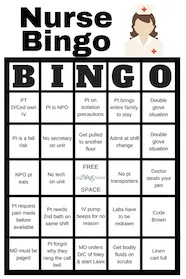
Liven up any shift with a fun game of bingo. See who can fill a row first!
Fill a whole card and lose grip with reality.
Your privacy is protected. We will never spam you.

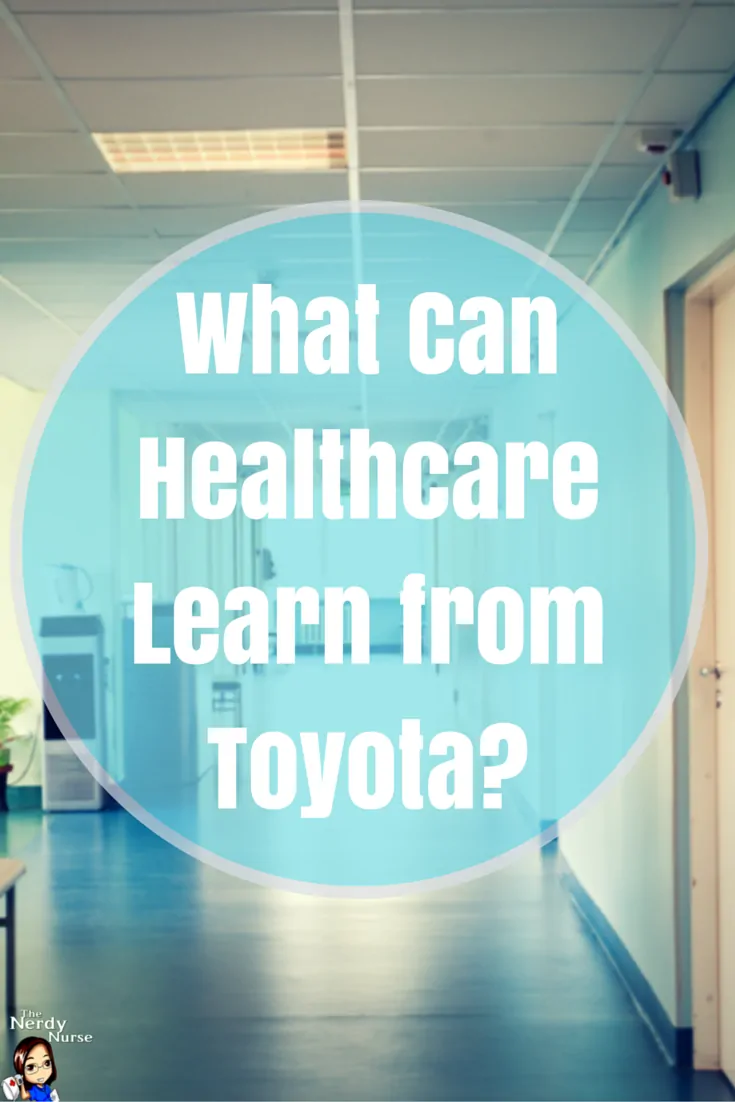
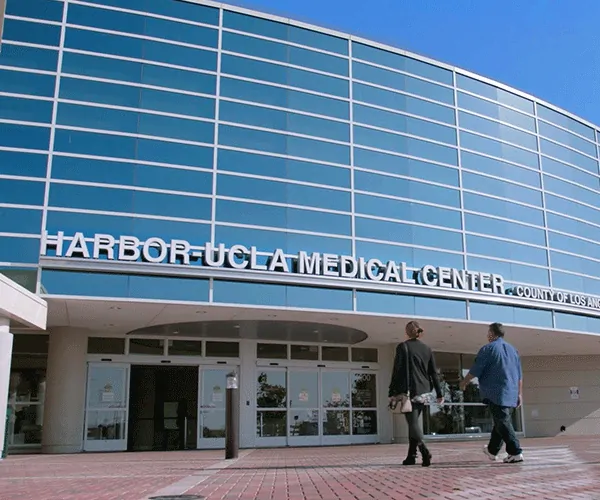
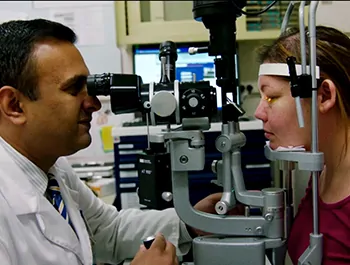
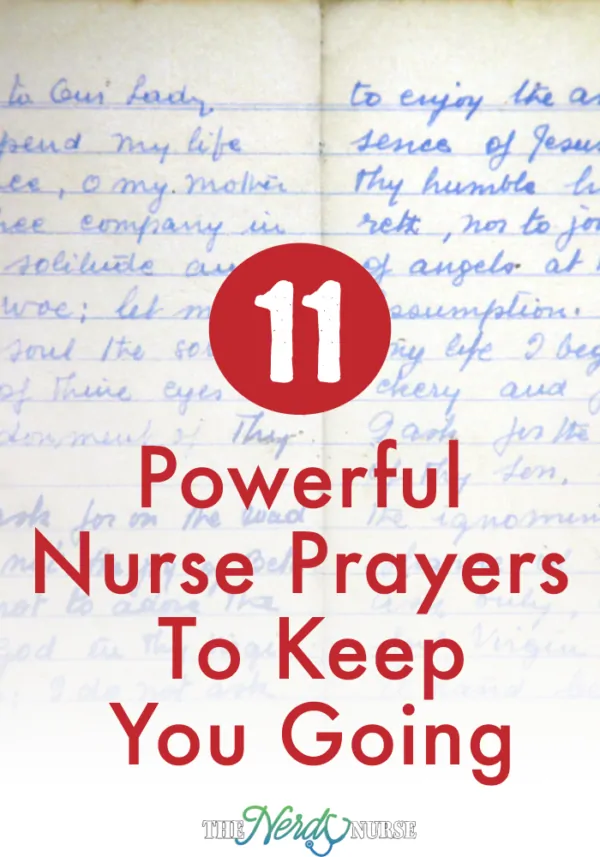

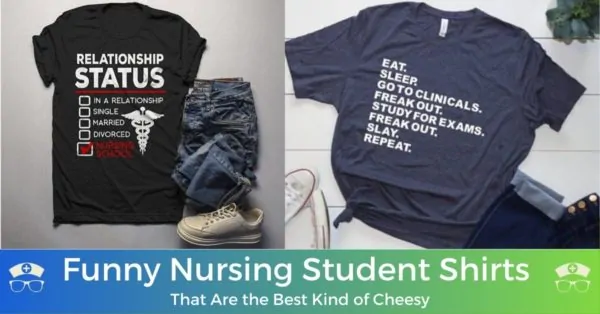
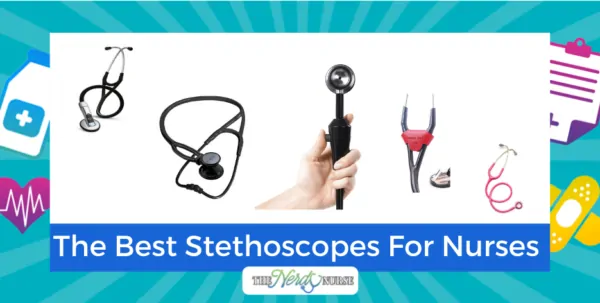
Great article, thanks! I’m guessing the backlog could only have been eliminated by finding ways to increase the percentage of the surgeons’ time that was spent actually doing operations? Do you have any more detail on what was done?
It was an overhaul on not only time spent doing operations but also in the day to day operations. By focusing on long term it helped to free up time for other things which resulted in shorter wait times for surgery. For more details, check out the mini film.
Great summary of how Lean benefits everybody involving, including nurses and patients. It’s ironic that a system from manufacturing can help create a more caring and more humanistic health system. I also enjoyed your podcast http://whocareshospitaltalk.podbean.com/e/the-nerdy-nurse-explains-how-toyota-holds-the-key-to-better-healthcare/
The entire process is very interesting. Thank you for your comment Mark.
Great lessons from Toyota. Thanks for the thorough post, Brittney!